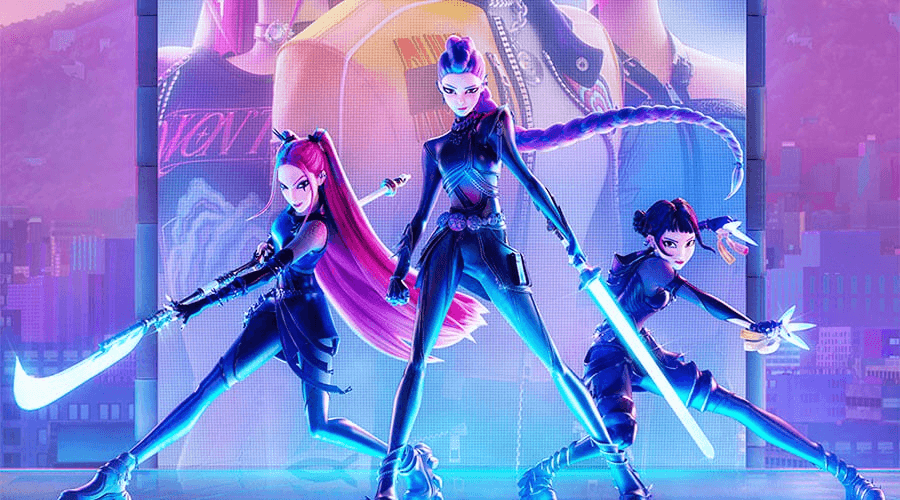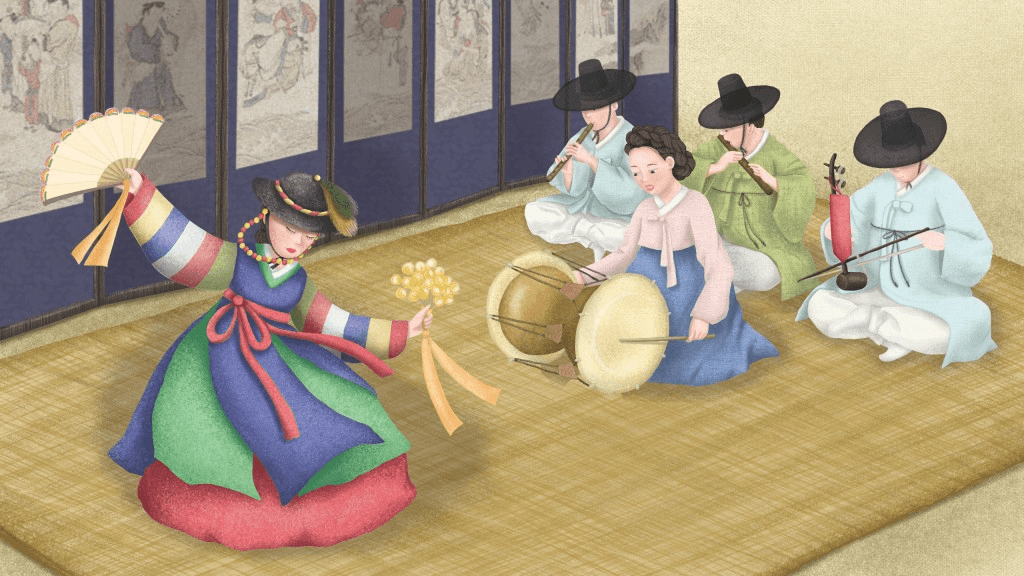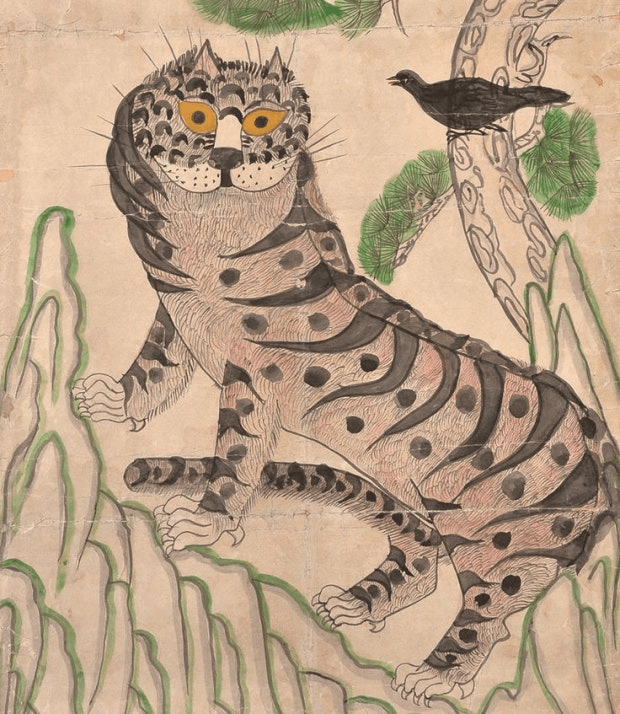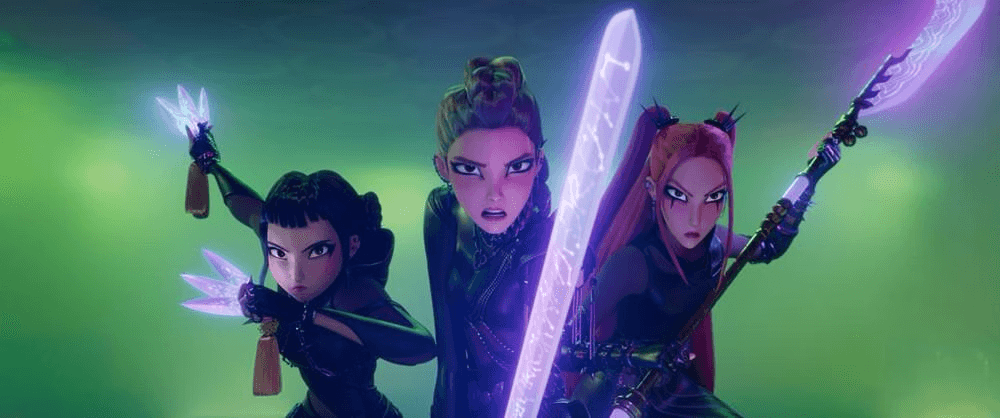K-Pop Demon Hunters: Netflix's Korean Shamanic Tradition Explained
That "demon-hunting idol" concept in K-Pop Demon Hunters isn't as far-fetched as you might think. Korean culture has been blending spirituality with performance for over a thousand years.
When Netflix's "K-Pop Demon Hunters" introduced demon-hunting idols, international audiences might have assumed it was pure fantasy. But Korean viewers recognized something deeper: the natural evolution of a spiritual tradition connecting music, performance, and supernatural protection for centuries.

The show's premise—K-pop stars secretly battling demons while maintaining entertainment careers—brilliantly interprets Korea's shamanic heritage, where spiritual intermediaries have always used music, dance, and performance to communicate with otherworldly forces.
Shamans: Korea's First Performers
In traditional Korean culture, shamans (mudang) weren't just fortune-tellers. During gut ceremonies, these spiritual practitioners sang, danced, played instruments, and performed elaborate theatrical presentations lasting hours or days.

These weren't solemn religious services—they were spectacular shows. Shamans embodied different spirits, changing costumes, voices, and personalities throughout ceremonies. They told stories, cracked jokes, provided social commentary, and entertained audiences while offering spiritual services.
There's even a traditional saying: "mudang palkja ga yeonaein palkja" (무당 팔자가 연예인 팔자)—"a shaman's fate is an entertainer's fate." This centuries-old expression captures what K-Pop Demon Hunters makes explicit: the deep connection between spiritual calling and performance.
Music as Spiritual Weaponry
Korean shamanism has always recognized music as spiritual technology. The belief that certain sounds, rhythms, and melodies could attract benevolent spirits while repelling malevolent ones shaped both religious practices and Korean music development.
Traditional instruments like the janggu (hourglass drum) and gayageum (string instrument) weren't just musical tools—they were spiritual weapons. Shamans used specific rhythmic patterns to induce trance states, summon protective spirits, and create barriers against dark forces.
When the Huntrix girls in K-Pop Demon Hunters use their voices to strengthen the "Honmoon" barrier against demons, they're employing techniques Korean shamans have used for millennia. The idea that coordinated vocal performance could literally repel evil forces has genuine cultural precedent.
Korean folklore includes persistent beliefs that "spirits love music" (귀신이 음악 소리를 좋아한다), leading to modern K-pop recording studio ghost stories where unexplained sounds during late-night sessions are attributed to spirits drawn to music.
Spirit Messengers: Horani and Kkachi
The spiritual significance of the tiger (horani) and magpie (kkachi) messengers in K-Pop Demon Hunters runs much deeper than cute character design. Both animals hold powerful positions in Korean shamanic cosmology as intermediaries between worlds.

Tigers (horani) in Korean tradition serve as servants of mountain spirits (sansin), supernatural guardians protecting communities from malevolent forces. Despite their "foolish" appearance in folk art, these spirit tigers maintain their role as spiritual protectors through connection to forces beyond the physical world.
The show's decision to give the tiger blue spiritual energy matching the demon hunters' powers isn't arbitrary. In Korean shamanism, different colors correspond to different supernatural forces. Blue traditionally represents protective, purifying energy—exactly what a spiritual guardian would wield.
Magpies (kkachi) have been divine messengers in Korean culture for over a thousand years, believed to carry news between human and spirit realms. Their role as message-carriers in the Netflix series directly continues their traditional function. Korean families still often expect good news when seeing magpies—these birds remain harbingers of positive spiritual communication.
K-Pop's Shamanic Echoes
The connection between shamanism and Korean entertainment extends beyond historical parallels. Modern K-pop exhibits surprising similarities to traditional shamanic practices, even when performers and audiences aren't consciously aware.
Consider typical K-pop concerts: synchronized group movements, call-and-response interactions, elaborate costume changes, and intense communal emotional experiences. Replace the modern venue with a traditional courtyard and the K-pop group with a mudang, and you have something remarkably similar to a gut ceremony.
Parasocial relationships K-pop fans develop with favorite groups echo traditional relationships between communities and shamans. Fans seek emotional guidance, comfort during difficult times, and connection to something larger—the same needs that brought Korean communities to their local mudang for centuries.
K-Pop Demon Hunters makes these connections explicit by having Huntrix members draw energy from fan relationships. When the show depicts girls drawing power from audience devotion, it recognizes how modern entertainment can replicate traditional spiritual dynamics.
Evolving Spiritual Performance
What makes K-Pop Demon Hunters sophisticated is treating this cultural continuity not as a relic to preserve but as a living tradition to evolve. The series doesn't suggest modern K-pop is secretly shamanism—instead, it explores how Korean spiritual concepts naturally adapted to contemporary expression and community building.
The show's "demon-hunting idols" face the same challenge traditional shamans encountered: maintaining authentic spiritual purpose while meeting public performance expectations. The tension between Rumi's secret demon heritage and public idol persona mirrors historical challenges shamans faced balancing supernatural calling with community entertainment roles.
This cultural evolution explains why K-Pop Demon Hunters feels authentic to Korean audiences despite its fantastical premise. The series reveals connections that were always there, waiting for the right storyteller to make them visible.
Why It Resonates Globally
Understanding the shamanic foundations of K-Pop Demon Hunters offers international audiences insight into how traditional spiritual practices adapt and survive in modern secular societies. Korea's ability to maintain cultural continuity while embracing technological innovation has made it a global cultural powerhouse.

The show's popularity suggests global audiences hunger for stories grounding fantasy in authentic cultural traditions. When supernatural elements feel organic rather than imposed, when magical systems reflect real-world belief structures, and when ancient wisdom informs modern storytelling, the result resonates across cultural boundaries.
K-Pop Demon Hunters succeeds because it doesn't use Korean culture as exotic decoration—it understands how Korean spiritual traditions shaped approaches to community, performance, and the relationship between entertainment and meaning. The tiger (horani) and magpie (kkachi) aren't just cute sidekicks; they're the latest incarnation of spiritual messengers helping Korean communities navigate the supernatural world for over a millennium.
Ready to dive deeper into Korean folk art's visual language? Discover the hidden political satire behind those "stupid" tigers and clever magpies in our exploration of Jakho-do paintings.